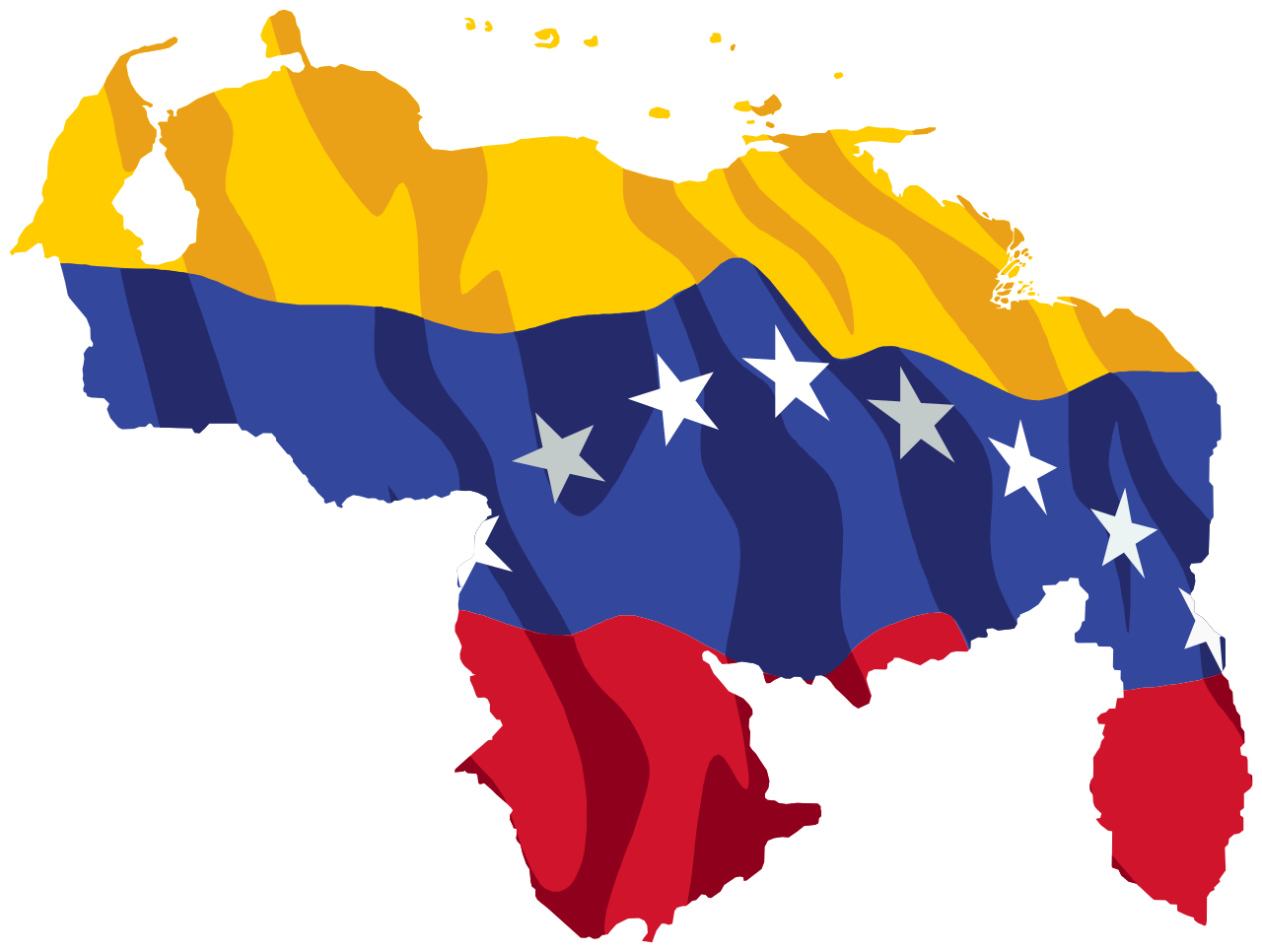
Economic uncertainty deepened in Venezuela as the government implemented on 26 January yet another reform of the country’s foreign exchange system, amid a deep economic meltdown and a severe shortage of dollars that is fueling high inflation. Aiming to optimize the foreign currency regime, the policy move unified the formerly two-tiered exchange rate system that was established in March 2016 and was based on a highly subsidized “Dipro” rate operating alongside a quasi-liberalized “Dicom” rate. The initial results from the overhaul suggest, however, that it will continue to suffer from two problems that have rendered past reforms ineffective: the official-parallel market rate mismatch and liquidity constraints in the system.
The new regulations eliminated the preferential Dipro rate and mandated that all future foreign exchange transactions for the public and private sectors be conducted at a renewed Dicom rate. The revamped system’s first auction was held on 1 February, and, according to results released by the Central Bank on 5 February, the Dicom rate closed at 25,000 VEF per USD—indicating a devaluation of practically 100% with respect to the eliminated 10 VEF per USD Dipro rate and over 86% from the 3,345 VEF per USD Dicom rate that resulted from the previous auction in August 2017, which was set as the initial base rate for the renewed system.
Although it is too early to gauge the impact of the new forex regime, the reform, if successful, would prompt private actors to take currency transactions away from the black market and rely instead on the single official Dicom rate to conduct trades. Such a shift would cause the black market to gradually lose momentum, eventually helping to break the vicious inflation-depreciation cycle crippling the economy. However, although the value of the Dicom rate plummeted following the first auction, it remains drastically overvalued in comparison to the parallel market rate; in the parallel market, it traded at 235,800 VEF per USD on 1 February. Hence, the reform’s ability to successfully address the huge discrepancy between the official and non-official rate remains to be seen. The second auction has been scheduled for 16 February.
The latest reform seeks to simplify an exchange rate system that has been in tight government control for 15 years and which experts contend is one key driver of the country’s economic woes. Like previous reform efforts had attempted, it must address two critical issues in order to become effective. First, the enormous differential between official and non-official rates creates lucrative arbitrage opportunities for those who have access through official channels to hard currency, as they can then sell it for handsome profits in the parallel market. If this issue is not corrected—and the latest auction results indicate it was not—strong incentives for speculation, which have been plaguing the economy for years, will remain, and the black market will continue to thrive.
Second, the allocation of sufficient liquidity to the system is essential for its sustained operation. The previous Dicom regime was shut down in September 2017 because of authorities’ inability to supply enough foreign currency to meet demand. On this occasion, the new regulations imposed restrictions on the government’s participation as a seller and require auctions to be driven by the private supply of liquidity. However, cash-strapped households and firms are the ones in dire need of liquidity, which suggests the system will experience the same issues, and market actors will have to continue relying on the parallel market for their foreign currency transactions. The issue is compounded by U.S. financial sanctions, which the Central Bank stressed had created “significant difficulties” in transferring foreign currency between public and private banks in the 1 February auction.
All told, Venezuela’s latest strategy to revamp its currency exchange system will likely fall short of effectively tackling the crucial issues of liquidity shortages and exchange rate differentials between the official and parallel market. The new policy risks becoming a half-measure, similar to previous reform initiatives, and does not point to a transformative solution to the economy’s structural problem, which operates under a dysfunctional exchange rate regime.
Venezuela Exchange Rate Forecast---------------------------------------------
Panelists participating in the LatinFocus Consensus Forecast are still factoring in the results of the recent overhaul, but the outlook is not upbeat. They project a non-official exchange rate of 2,602,305 VEF per USD at the end of 2018 and in 2019, they see the non-official exchange rate trading at 2,859,864 VEF per USD.
Author: Javier Colato, Economist
FUENTE: Por Focus Economics - https://www.focus-economics.com - Desde Barcelona España.
https://www.focus-economics.com/countries/venezuela/news/exchange-rate/foreign-exchange-system-overhauled
No hay comentarios:
Publicar un comentario